This is the story of Greenwich Village as a character — an eccentric character maybe, but one that changed American life — and how the folky, activist spirit it fostered in arts, culture and the protest movement came back in the end to help itself.
This April we’re marking the 50th anniversary of the Greenwich Village Historic District designation from 1969 — preserving one of the most important and historic neighborhoods in New York — and to mark the occasion we are celebrating the revolutionary scene (and the revolutionary moment) that gave birth to it — the Greenwich Village of the 1960s.
The Village is the stuff of legends: a hotbed of musicians, artists, performers, intellectuals, activists. In the 1950s, people often defined Greenwich Village as a literal village with a small-town atmosphere.
Nobody was saying that about the Village in the 1960s. In just a few short years, the neighborhood’s community of artists and creators had helped to define American culture. The Village was world famous.
This episode will present a little walk through Greenwich Village in the early ’60s, giving you the flavor of the Village during the era — and an ample sampling of its sights and sounds.
There’s gonna be mandolins! And chess players. And avant garde theater. And art markets. And lots of coffeeshops. *snap* *snap*
But we’re also talking preservation with Andrew Berman, executive director of the Greenwich Village Society of Historic Preservation, to learn how the Greenwich Village Historic District came to be.
Listen Now: Greenwich Village 1960s Podcast
To download this episode and subscribe to our show for free, visit iTunes or other podcasting services.
You can also listen to the show on Overcast, Google Music and Stitcher streaming radio.
The Bowery Boys: New York City History podcast is brought to you …. by you!
We are now producing a new Bowery Boys podcast every other week. We’re also looking to improve the show in other ways and expand in other ways as well — through publishing, social media, live events and other forms of media. But we can only do this with your help!
We are now a member of Patreon, a patronage platform where you can support your favorite content creators.
Please visit our page on Patreon and watch a short video of us recording the show and talking about our expansion plans. If you’d like to help out, there are six different pledge levels (New Amsterdam, Five Points, Gilded Age, Jazz Age, Empire State and Greater New York). Check them out and consider being a sponsor.
And join us for the next episode of the Bowery Boys Movie Club, an exclusive podcast provided to our supporters on Patreon.
We greatly appreciate our listeners and readers and thank you for joining us on this journey so far.
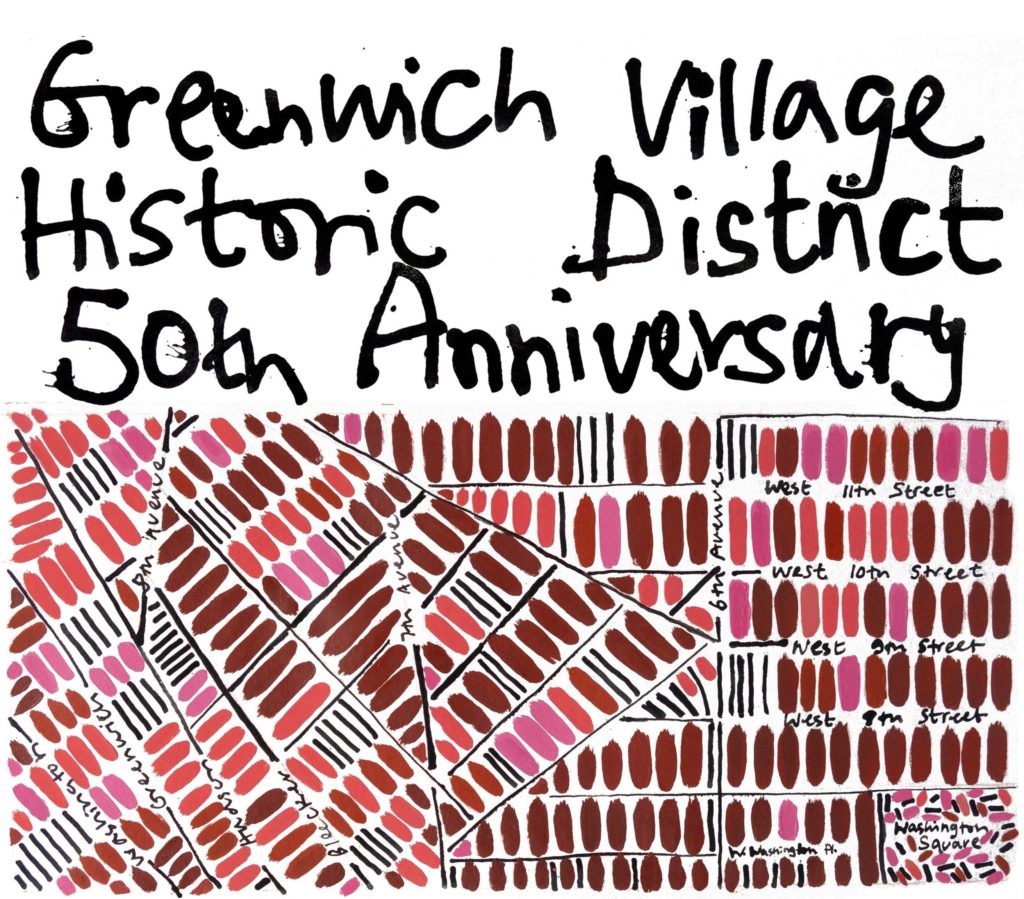
Greenwich Village Historic District 50th Anniversary Celebration and Open House Weekend!
Washington Square Park Celebration
Saturday, April 13 from 12:00-3:00pm in Garibaldi Plaza
Historic District Open House Weekend
Saturday, April 13 – Sunday, April 14
Full calendar at gvshp.org/GVHD50weekend
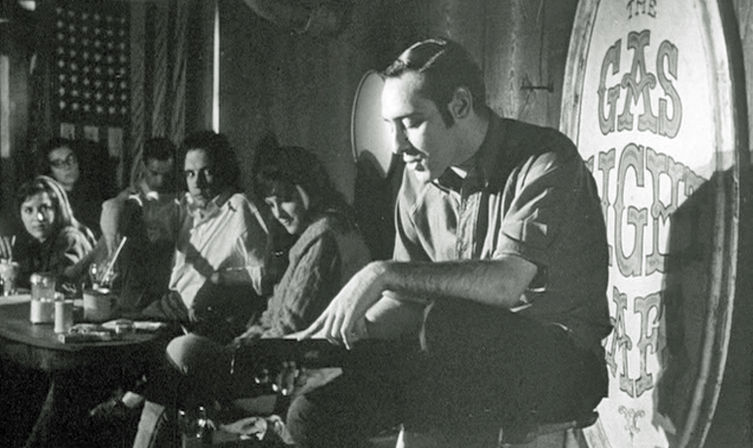
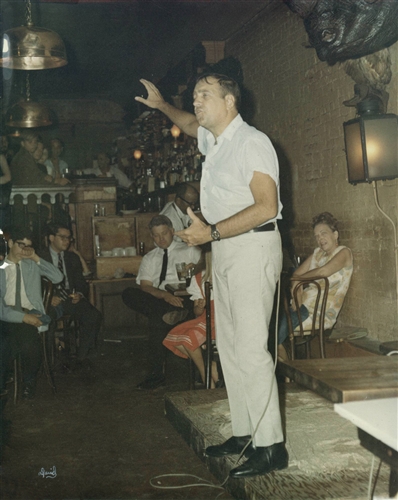
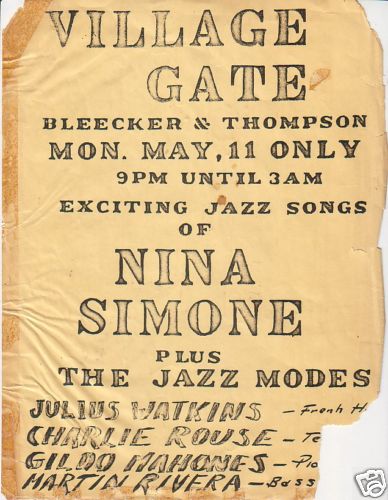
Peter Paul and Mary
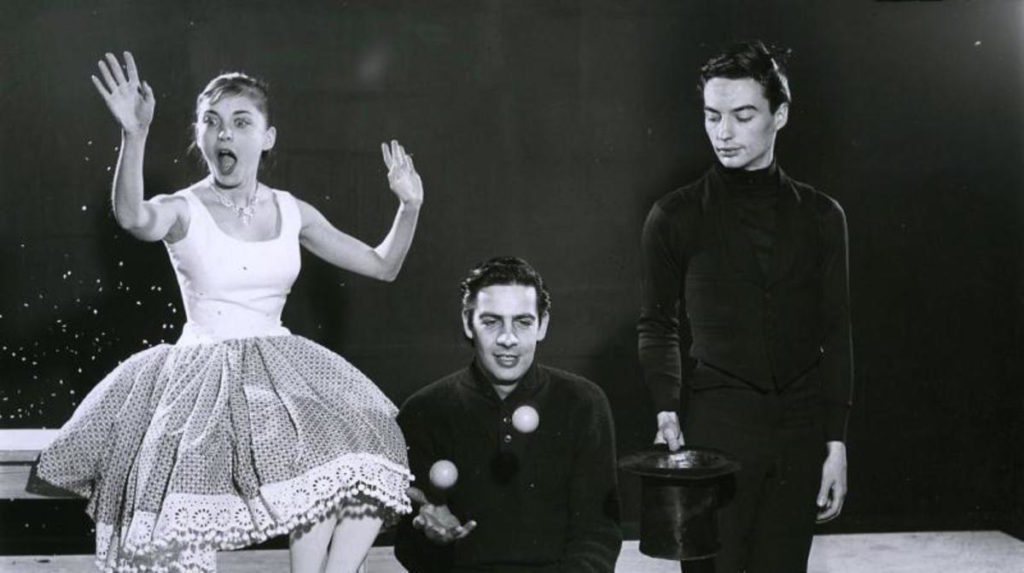
The Fantasticks original cast featured Rita Gardner, Jerry Orbach and Kenneth Nelson
Some images of Greenwich Village today which recall its days from the 1960s — and even earlier (photos by Greg Young):
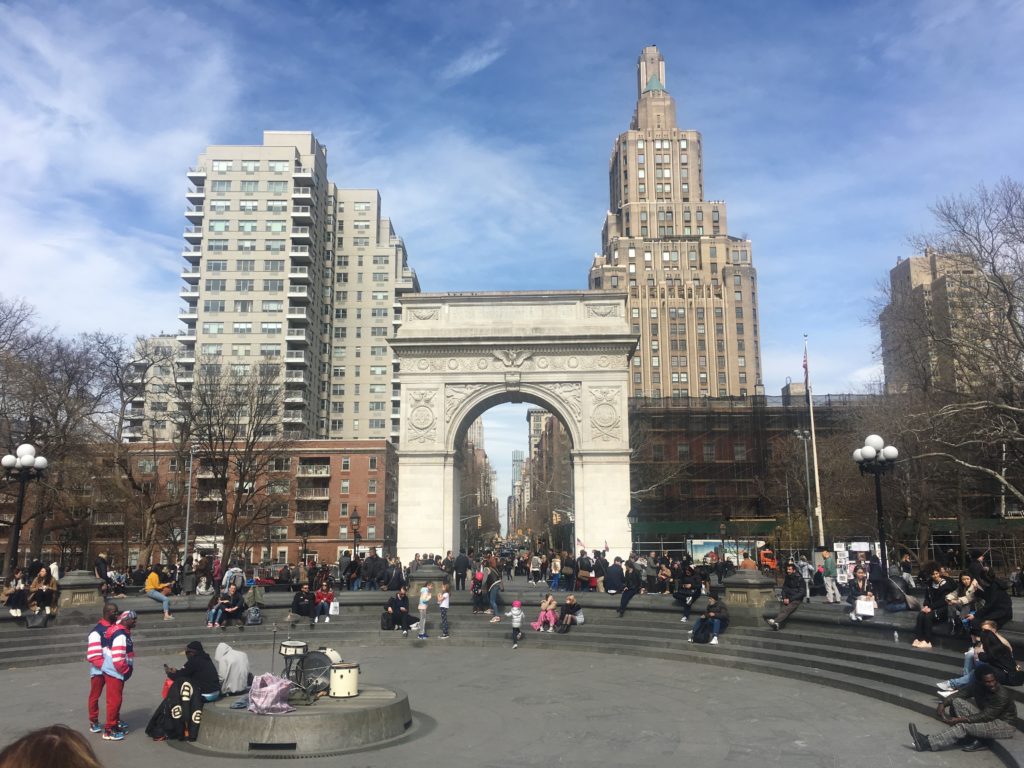
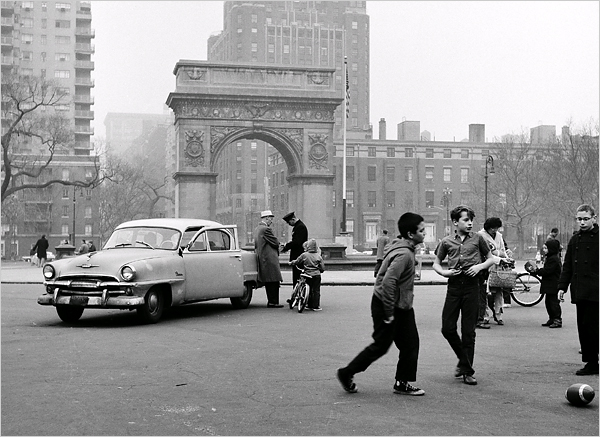
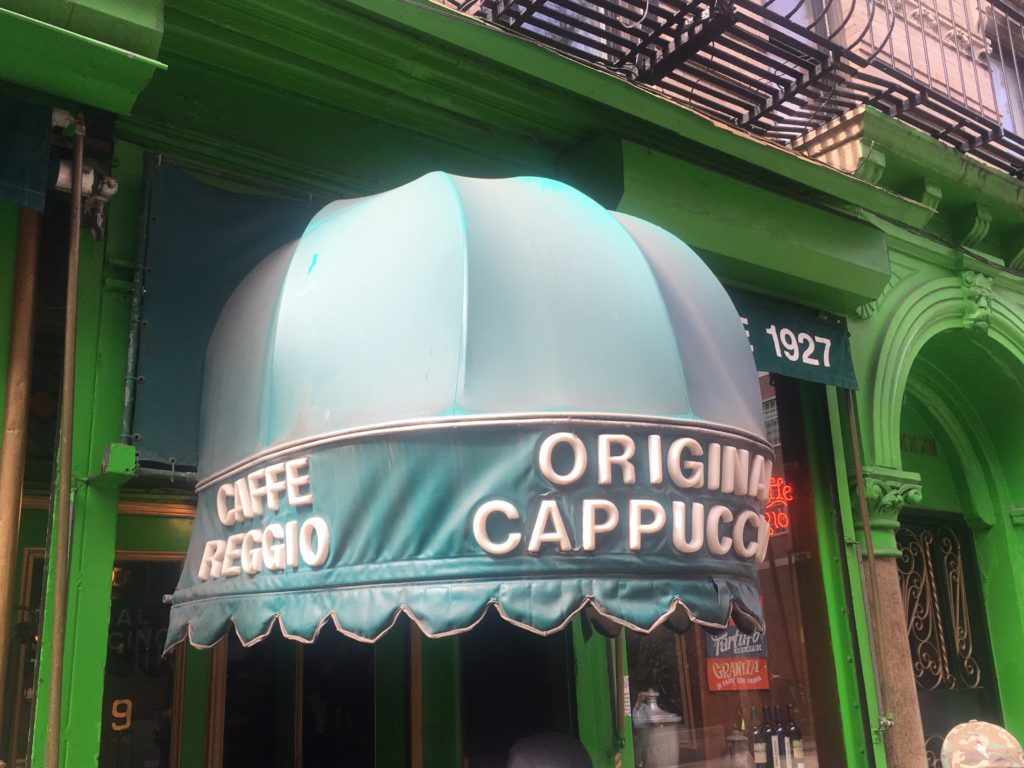
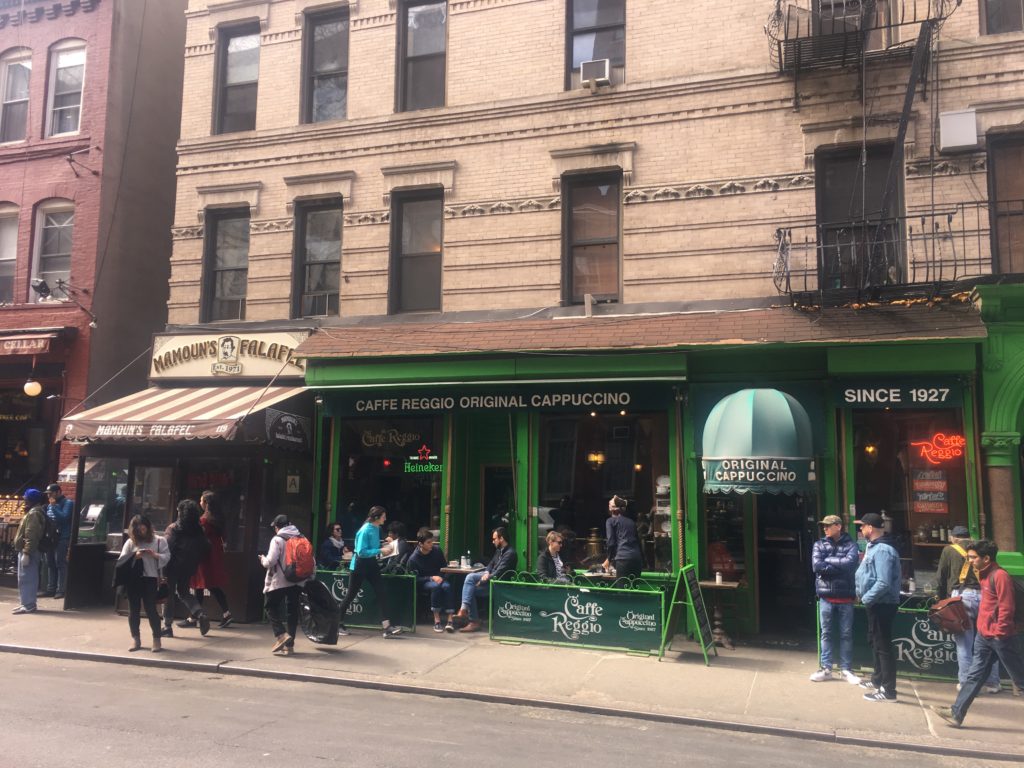
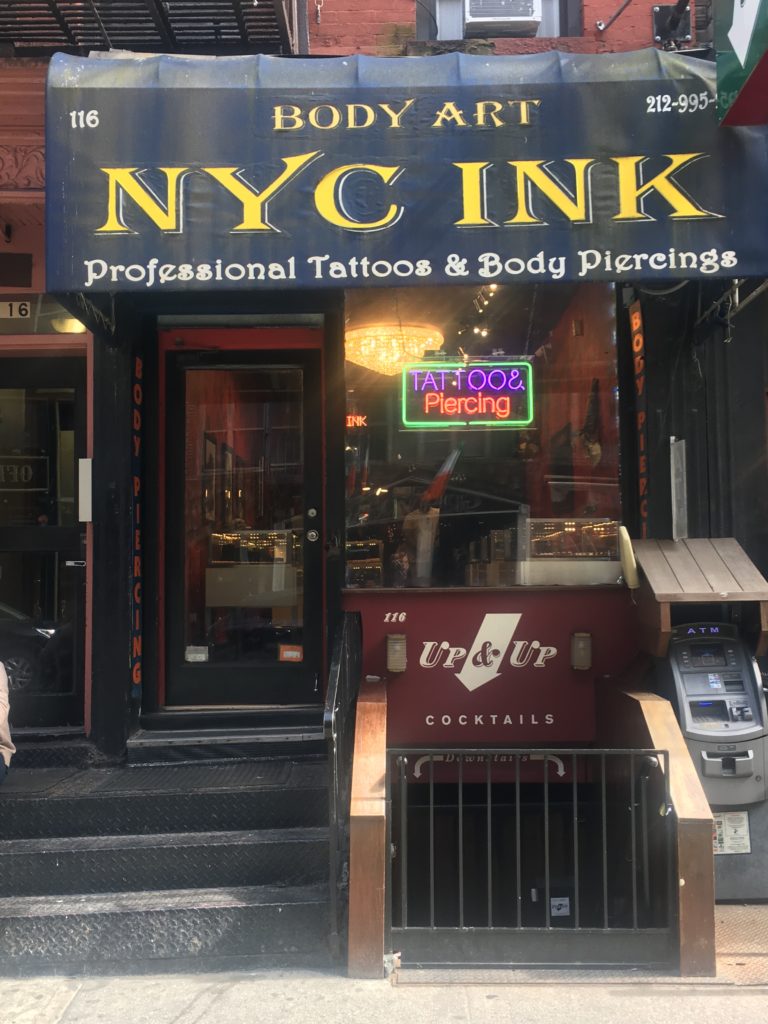
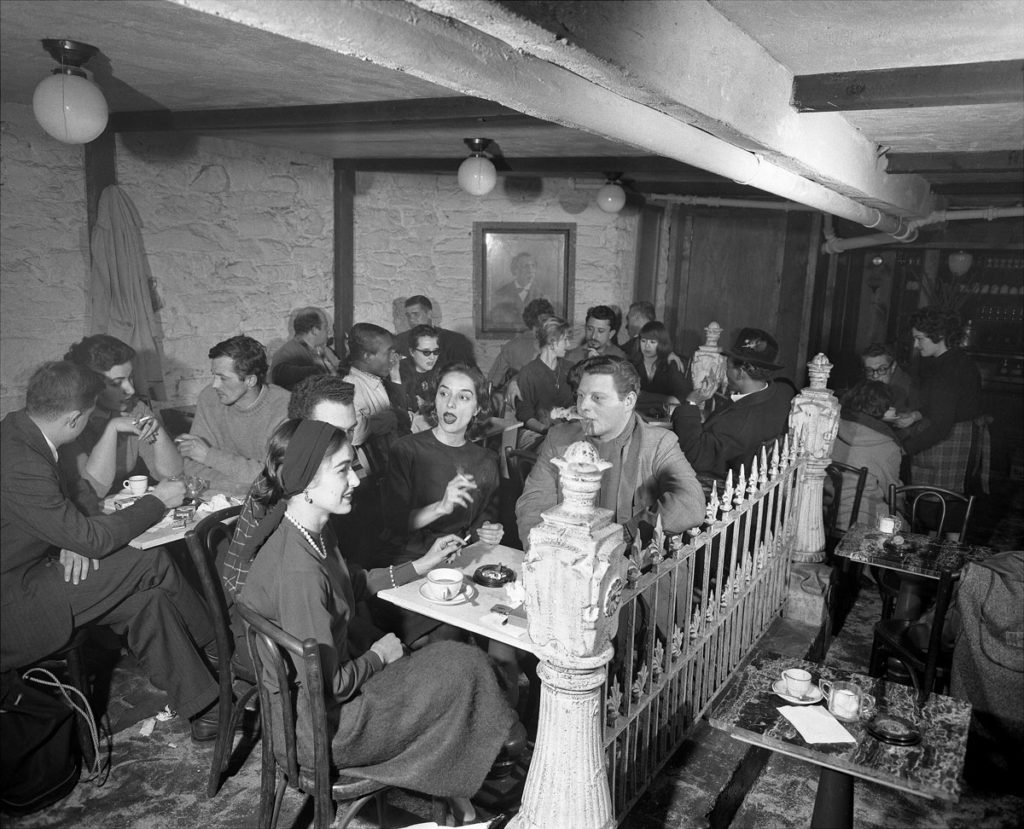
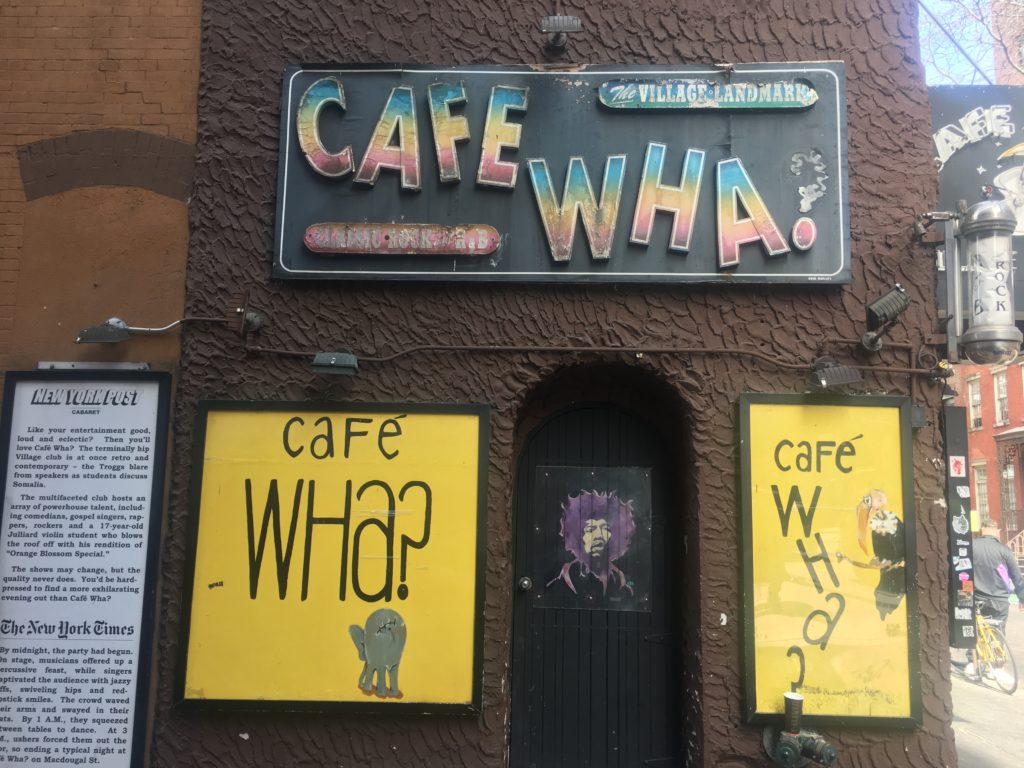
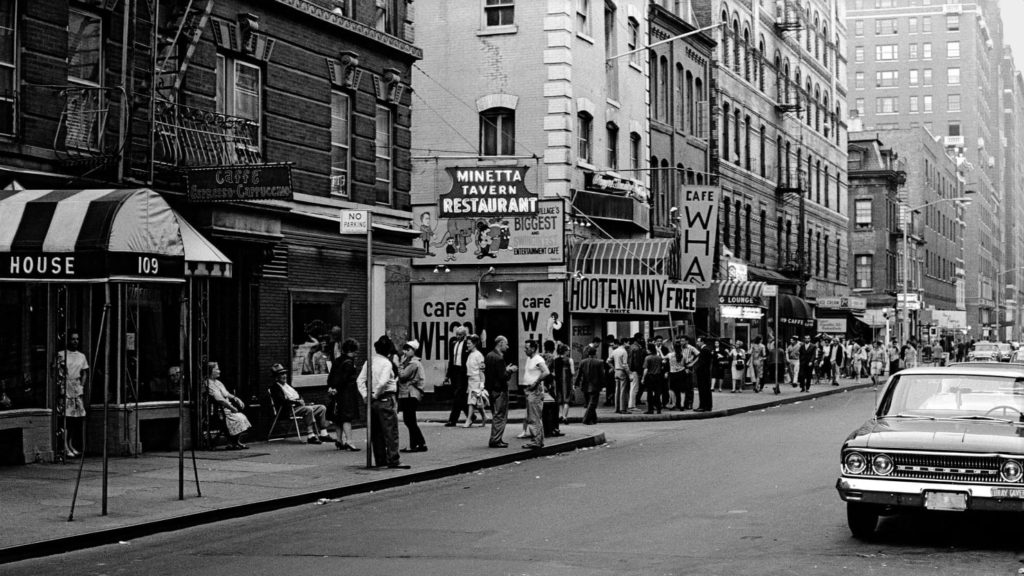
FURTHER READING
Some material we recommend you check out for more information on Greenwich Village:
360 Sound: The Columbia Records Story by Sean Wilentz
Around Washington Square: An Illustrated History of Greenwich Village by Luther S. Harris
Greenwich Village Stories: A Collection of Memories by Judith Stonehill, Andrew Berman, et al
The Village: 400 Years of Beats and Bohemians, Radicals and Rogues, a History of Greenwich Village by John Strausbuah
The Village Voice online archives
and of course….
The original Greenwich Village Historic Designation Report (1969)
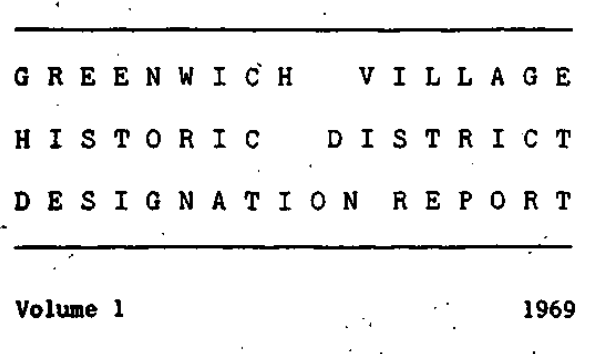
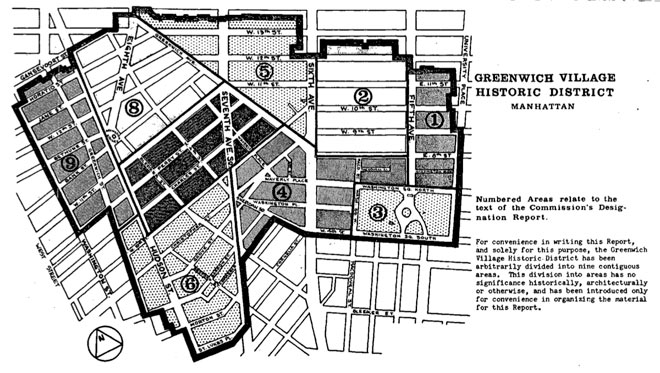

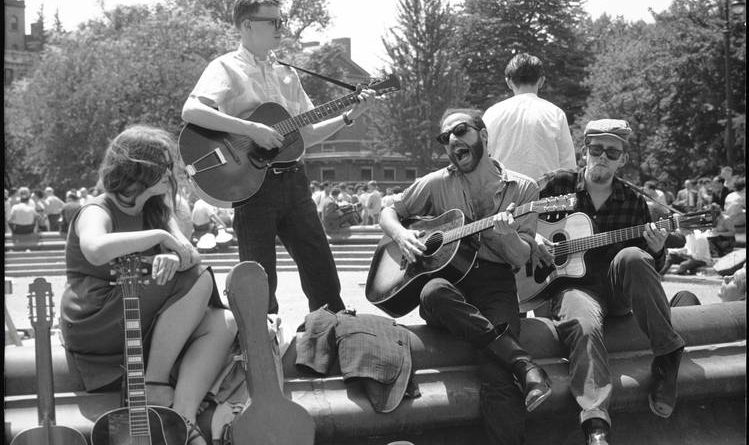
29 replies on “Greenwich Village in the 1960s: A nostalgic stroll through an era of preservation and protest”
In the 60’s was born in the West Village the first tie dye store in America.
where the trend of tie dye started. It was called Fur Balloons on a corner store on West Bank and 4th where celebrities such as Janis Joplin and Jimmie Henricks . They where clothed in velvets, silk and leather garmets where they tried their outfits on in the Infinite Crystal infinity chamber that was used as a dressing room for their store.
I remember Fur Balloon!!!! You are the only other person I’ve ever encountered who remembers that! My friend Anastasia’s mother bought her mutton sleeved satin shirts there… very elegant. Do you remember Marty Proctor’s Papier Mache on the corner of Greenwich Avenue and Perry Street?
Oh that was my time there, living on Jane Street. The Village was amazing, jazz clubs, coffee shops, Ingmar Bergman films, shopping for homemade leather bags at Hildegarde’s, and so much more.
I believe in the 1960s there was a debate corner in the west village where various topics were debated.
I can’t remember the exact location but I think is was near a park .
Does anyone remember this as I believe the debate corner is no longer around.
I have researched and read all the information on this blog — There was one floor of this apartment that was used for musicians that can go to and try out different songs They writing and trying out — Little cubicles for some privacy — They also have rooms for pianos — I know Carole King was one of those musicians who used it ! !
What about Trude Heller’s? Saw Robert Mitchum there in the 60’s. He was celebrating heavy!
As a high school kid in the mid-1960s (1963-67), I and my friends would visit Greenwich Village and Washington Square Park on weekend nights. I remember visiting basements with folk musicians/singers who passed the hat after each performance.
Does anybody remember the man dressed in a white wedding gown on roller skates skating at high speed through the park with an entourage of 30-40 similarly dressed men; I believe he was nicknamed “Tinkerbell” ?
Thanks
He was “everywhere!” Saw him on Christopher a lot. I’ve seen him in pictorials on Club 54.
Known as Roller Rina also known as Rollin Skeets
Rollerina
there was big bill (king) brown x heavy weight contender reciting his poetry at the Washington sq. fountain. Alen Ginsburg holding court in the park. the basement cafes where musicians passed the bucket on McDougal. In ’61 music was banned in the park. first demonstration was met with billy clubs. 2nd demo and we marched up east side to parks commsion apt., and music in park ever since.
Does anyone remember from the late 1960s (maybe into the early 1970s) a place called Spin Art? Where you can make a piece of art with your own colors underneath some spinning device?
Yes, that was on Bleecker east of 6th Ave. Fun place, but pricey for the kid that I was at the time. My creations never looked like the amazing samples!
i was there twice in the late 60s. We came up from the naval base at Bainbridge by train. stayed both weekends at the Geenwich viillage hotel..what dump..lol they rented the rooms by a half day. But who cared it waas great fun. would come in on friday night and the streets were packed..i was 18 and from West Virginia it was great
Roller Rina, was his/her name.
Used to skate up behind you tap you with her
wand on the head and Knight you!
Anyone remember a kinetic sculpture gallery on LaGuardia Pl. between Bleeker & 3rd called “a bird can fly, but a fly can’t bird” ?
Or … or did I just hallucinate it ? (It was the 60’s after all)
A Fly Can’t Bird, But A Bird Can Fly.
Noop, the otter way around as in the original post
You & I had the same hallucination. Faaarrr out!
Ha ha, replied to my own post. Guess it was an hallucination.
Wait!! Could … could this all be just juan gigantic hallucination!?!?
That was Rollerena.
does anyone remember the crazy horse cafe on bleeker i think it wasn’t a gay club but coffee it closed down and we went to the wha instead
My father owned “Marvin’s Shoes from 1959-1971. It was at 19 Greenwich Avenue. I never see photos of that block. The store wa across the street from the Women’s House of Detention.
My Dad stanley owned the Gallery Deli, Restaurant. 77 Christopher street. from 1964 to 1979 It was right across the street from the village Mens shop, & boots & saddles. Next door was a bowling ally, which later became a roller scating rink. I think it was called cocos
8th Street between 6th and Broadway: SHOES, SHOES, SHOES! My dad would take me there as he was fixated on shoes at the time (1969). Every other store. Every style. Then over to 6th and 11th for a wonderful slice at Ray’s.
Such fond memories.
Iconic Christopher Street shop Village Cigars has officially closed down. I was in this tobacco shop almost every day as a kid. My dad had a restaurant right across the street. Sorry to see it go. Businesses in New York are in big trouble. Sad.
There was a fellow who played a concertina that would come into restaurants on a Saturday night .He wore a sailors cap – Cannot recall his name, but he was a Village regular in the 1970s.
My show business career started when I was 17 years old, after I came back from the Navy I had joined on my birthday. They had to let me go after 6months because of a lower back problem they discovered I had acquired by falling backwards with a very heavy weight at the age of 16. So, with 15 cents in my pocket and my thumb pointing towards NY NY, I left Kenosha, Wisconsin full of hope and ambition to become a star 😊
At that time, it was easy to hitchhike. You didn’t have all these as many people killing or kidnapping people, not to the extent it is today. At that time, it was good to live in the United States, it’s still good but different and dangerous if you don’t watch yourself especially if you’re a woman or a child. But I’m not going to start with politics at this point but maybe later.
When I landed in New York I went straight for the news stand, picked up a copy of “Variety” to see where I could audition as a singer or an actor. There were many possibilities and after many auditions, I got hired to tour with Harry Belafonte and the Belafonte folk singers. We covered every state but Texas because Texas did not want any black singers, still at that time. After we returned after this long trip, it was good to come back on stable ground if you see what I’m talking about.
I had heard about Greenwich Village and all its possibilities for young entertainers who wanted to sharpen their nails. I bought a guitar, learned about three chords, wrote about three songs and sang in about three places. By this I mean, “The Café Wha” “The basement” and “The bitter End” there were many others, I will talk about later. I should tell you that I consider it a privilege to have live a couple years in these two- or three-square mi.² In order for you to understand the era and the situation I was in, I’ll just drop a few names, such as Bob Dylan who was passing the plate to make a living as well as Joan Baez, José Feliciano who fell off his stool several times, the poor guy. I saw Richie Haven’s first stage appearance with two others that were accompanying him at the time. Richie intrigued me by the way he played guitar. He tuned it to one chosen cord such as a C, for example, and slid his fingers across the frets which made very weird chords and that’s what gave him his special sound of his own and I thought that was very creative and so cool at the time. Richie became a buddy of mine during these two years. Oh yes, Bill Cosby made his first steps on the stage in these same places, and he passed the plate just like everybody else. Casius Clay used to come and read his poems without passing his plate ….. wonder why? I don’t I guess I don’t think he needed it. The big three and the Mamas and the Papas made their first steps in Greenwich Village also. It was an incredible moment to be there and I’m happy and thankful to have witnessed such fertile ground of talent.
POT! Such an interesting subject, not to forget because you do not live in the village for two years without being introduced to drugs. If you didn’t, you’re a liar. I quickly discovered that marijuana opens the doors to creativity and much of what I have created, lyrics or music, is a result of that consumption. I wrote lyrics for about 200 songs between the village and France, sold approximately 5 million records, and I am proud to say, we acquired seven number one hits worldwide, 23 different versions of one song, “Superman” with the collaboration and association of a very talented man call FR David. I am not saying that I could not have done the same or better without the use of pot, but it certainly was instrumental to my creative juices.
I had the the most fun year of my teen years hanging out at the Wha? on weekend afternoons in 1968-1969. We were a small group of “regulars” and we were there every Saturday and Sunday. We drank Green Tigers and listened to bands like Sugar Blues Band, Fulton Street Blues, Bluesberry Jam, The Things among others. No, they were not famous, but to us they were the best!! I hold a big warm spot in my heart for the Cafe Wha?